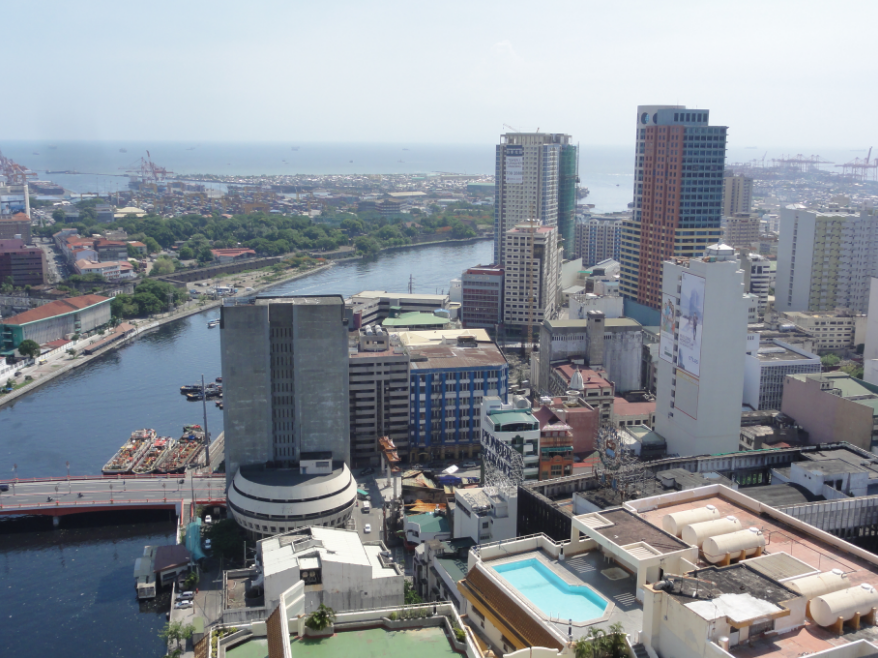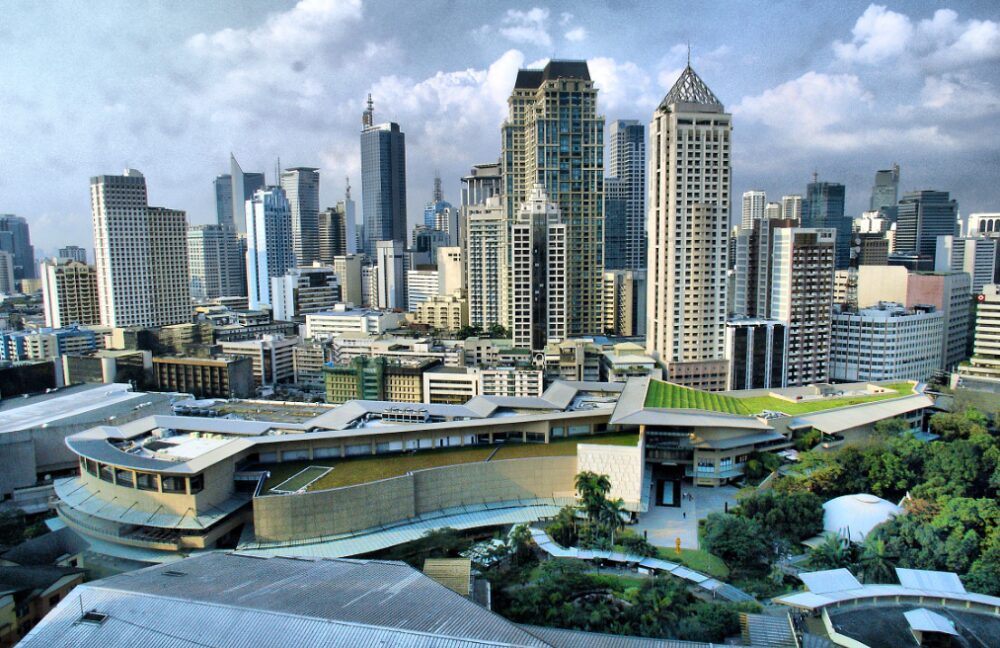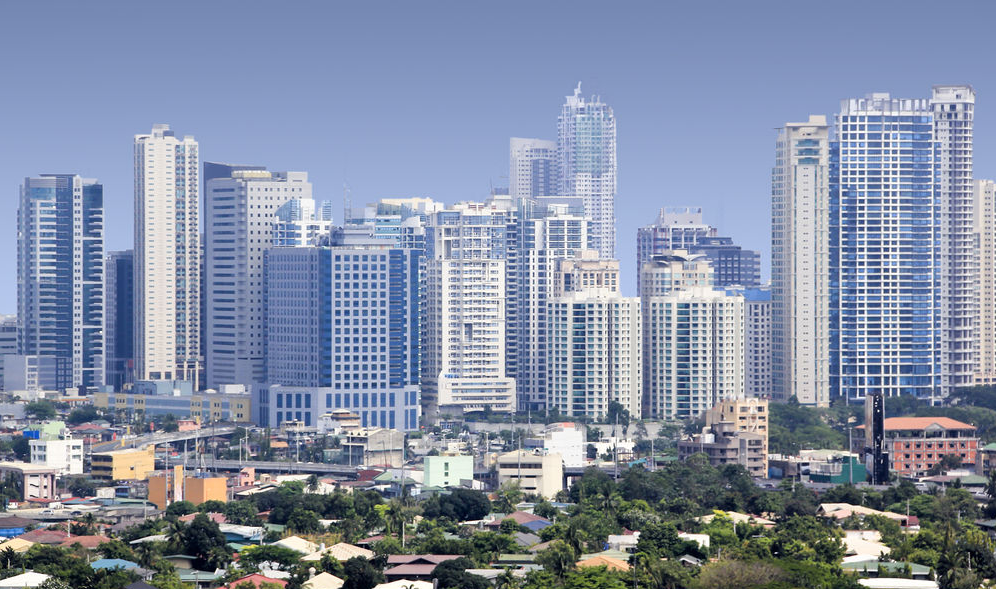Capital City of Philippines:
Manila is the capital of the Philippines , a Southeast Asian country. As a coastal city it is located exactly in the bay that bears its name, next to the mouth of the river Pasig .

Interesting facts about Manila:
History
The history of Manila begins in the twelfth century , when a small maritime town settled there. However, back in the 16th century , the Spaniard Miguel López de Legazpi and a companion of his boat arrived in these lands and conquered them in the name of Felipe II .
Do you want to know about Capital City of Paraguay?
The island of Luzon was explored in 1570 by Martin de Goiti and Juan de Salcedo, sent by Legazpi, who in 1571 conquered it and appointed head of government of the Philippines . The city remained under its dominion for centuries. Because of boundaries and because arriving in the Philippines meant to pass yes or yes by Portuguese waters, this colony was quite isolated of its metropolis, nevertheless settled a settlement to assure it of the rival powers.

It was besieged by Dutch and English in the seventeenth and eighteenth centuries. The American Dewey conquered it in 1898 , after the battle of Cavite. In World War II the Japanese occupied between 1942 and 1945 . In 1947 the country gained its independence, but by then it was under an American protectorate. In 1948 it ceased to be the capital of the Philippines, although it remained the most important city. In 1976 it recovered the capital again to the detriment of Quezon and became a capital city and since then is the center of internal immigration: a city that reached thousands of people looking for a better quality of life.
Manila has a few dynamic points where commerce and active life pass, but its main place is the mouth of the Pasig River. Despite this, these places have a very poor standard of living: endemic, contaminated and overcrowded are a constant. Manila also had the misfortune to be frequently punished by earthquakes , fires and other natural catastrophes.
Geography
The Philippines comprises eleven large islands (Luzon, Mindanao, Samar, Negros, Panay, Palawan, Mindoro, Leyte, Cebu, Bohol and Masbate) comprising 95% of Philippine territory, and more than 7,000 islands or islets, More than 1,800 km long, two of the main tectonic arches of the Pacific Ocean and the Sonda platform between Taiwan and Borneo . They are mountainous islands with numerous volcanoes, some still active.

Weather
The climate of the Philippines is tropical, with two distinct seasons: one dry and one rainy; The latter takes place from June to December and is the time of typhoons. The average temperature does not vary much and is around 26º C.
Location
Manila is located on the west coast of the island of Luzon, at the mouth of the Pasig River, open to Manila Bay .
Population
Manila has 10,330,100 inhabitants
Tourism
No visa is required for a stay of less than 21 days, but it is necessary to have a validity of six months in the passport. The best way to access Manila is through its Ninoy Aquino International Airport . The night of Manila invites you to stroll near the Pacific shore . One of the most recommended activities for tourists is to swim in some of the formidable beaches of the Philippines and to practice scuba diving.
Handicrafts
Among the Filipino handicrafts are carved statues and religious icons as well as shell products and banana and pineapple fiber fabrics . In Manila are also made bamboo , wicker and carved furniture
Traditions
On June 12 the Independence Day is celebrated. Holy Week is celebrated with special veneration in the Philippines, especially the remarkable processions that are celebrated in the capital











